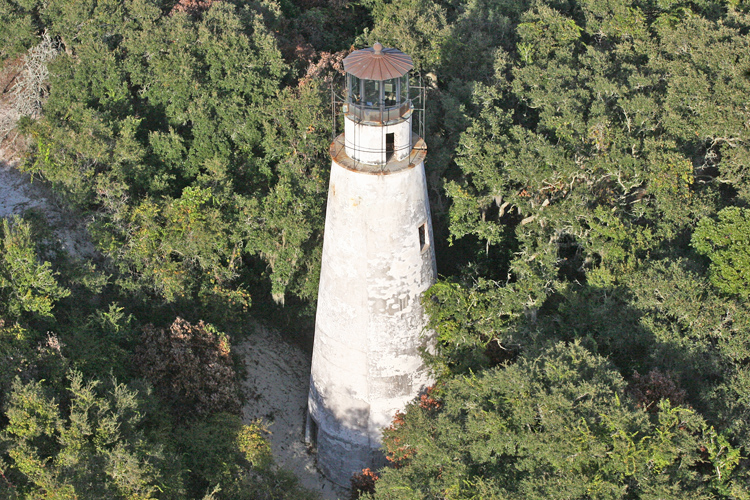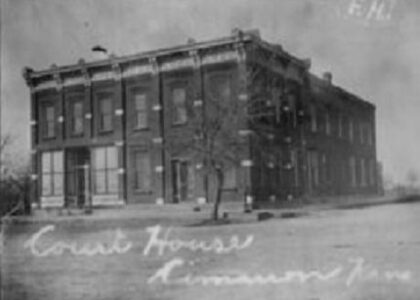Welcome to Little Cumberland Island Lighthouse, a fascinating relic of maritime history nestled on the picturesque Georgia coast. Established in 1838, this lighthouse was designed by the well-known engineer Winslow Lewis. Its purpose was to guide mariners safely through the treacherous waters near St. Andrew Sound and the Satilla River.
Initially equipped with fourteen Lewis lamps, the lighthouse emitted a fixed light, distinguishing itself from other nearby beacons. In 1857, a significant upgrade saw the installation of a third-order Fresnel lens from France, crafted by Henri LePaute, which increased the lighthouse’s visibility to 14 nautical miles.
The lighthouse has witnessed numerous significant events. During the Civil War, like many Southern lighthouses, it was extinguished to prevent Union forces from using it for navigation. It was re-lit after the war but eventually deactivated in 1915 as technology and navigation techniques evolved.
Despite its closure, dedicated owners have preserved the lighthouse, ensuring its survival through renovations in the 1990s and again in 2016. Although the keeper’s house and other structures have not survived, the lighthouse stands as a testament to the ingenuity and resilience of its era.
Today, the lighthouse is privately owned and not open to the public, but its legacy continues to be a beacon of the past. Listed on the National Register of Historic Places, it remains a vital part of Georgia’s coastal history.





